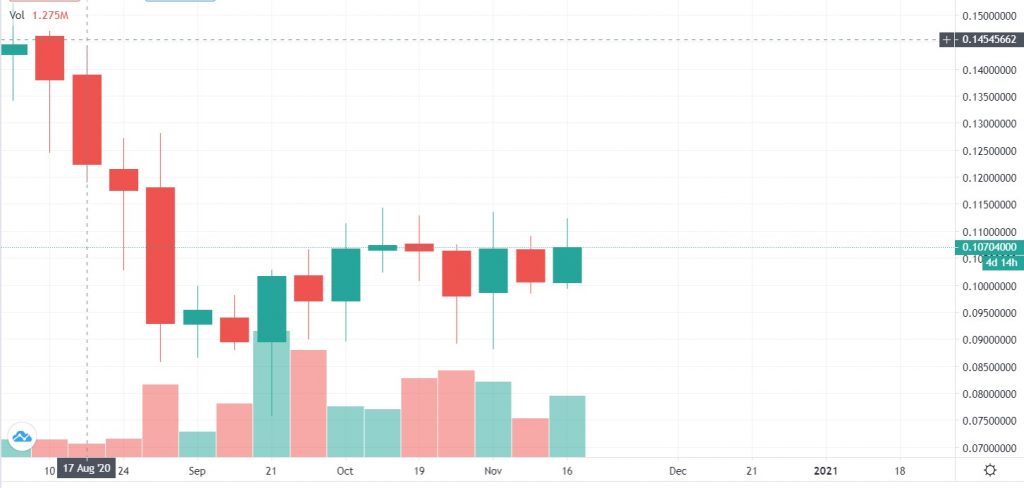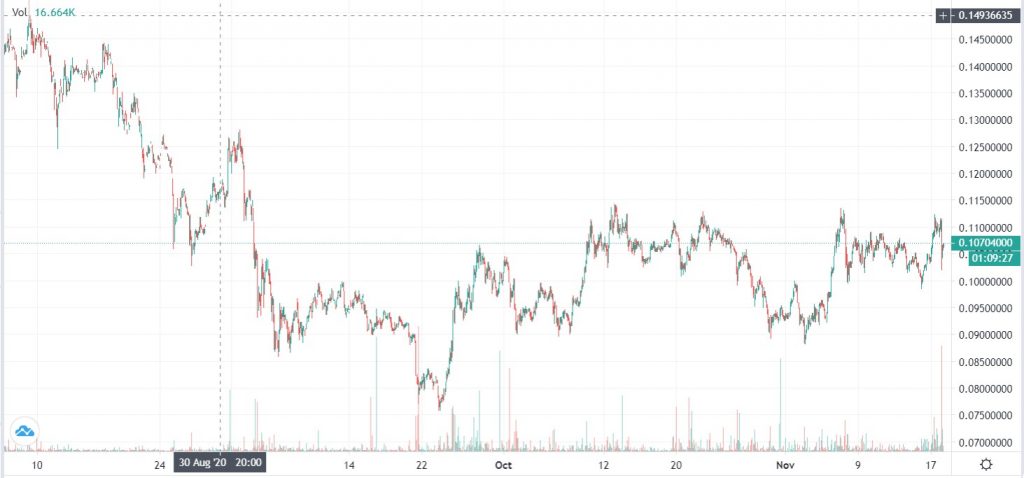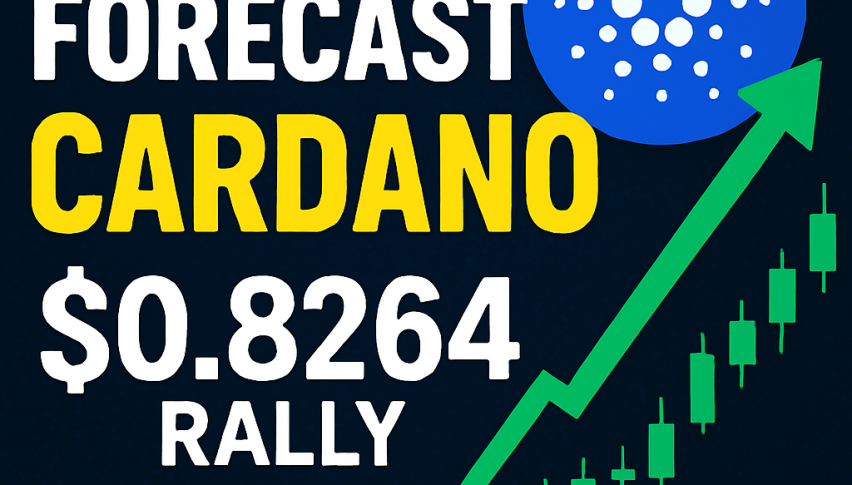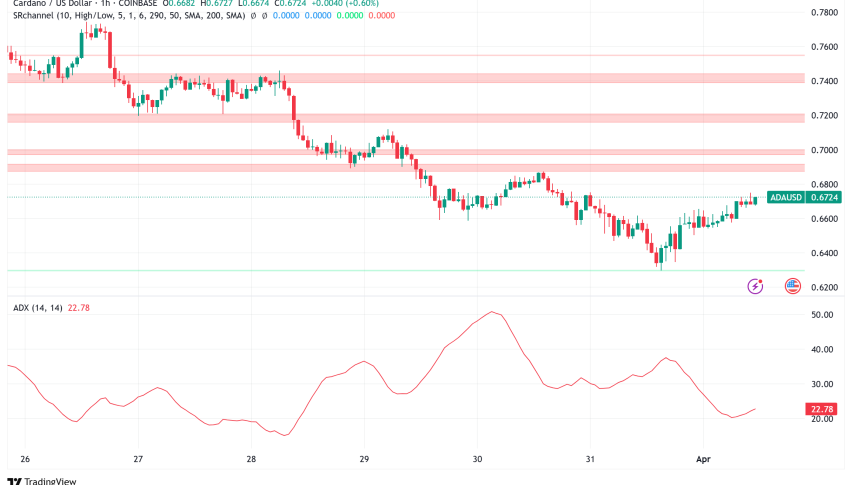Cardano (ADA) is the world’s third-generation public blockchain and Dapp development platform. This platform gained international media attention as the first blockchain to incorporate a peer-reviewed research strategy into its core principles.
It is worth reporting that the 1st generation of cryptocurrencies, namely Bitcoin, introduced the world to a safe, decentralized cash system. After that, Ethereum arrived on the market, resulting in widespread attention to Dapp development. That was the goal of 2nd-generation cryptocurrencies. This gave 3rd-generation cryptocurrencies the opportunity to learn from the Bitcoin and Ethereum concepts and improve upon their weaknesses. 3rd-generation cryptos, like ADA, introduced new developments, including layered architecture, which enhanced scalability, security and sustainability, making it more useful, enabling them to address flaws and rectify inefficiencies.
From a historical view, the Cardano (ADA) arrived in the market in September 2017. The founders of this project, Jeremy Wood and Charles Hoskinson, had previously worked on the Ethereum project, but they separated from Ethereum, due to differences in terms of goals.
Let’s come to the point. Cardano (ADA) earned immediate attention in the crypto space, due to its innovations in language and VM design. These developments were a direct response to issues found in the Ethereum project. In this way, the platform separated itself from the competition and started working with professors from universities worldwide to incorporate peer-reviewed academic research into its design. To increase funds, an ICO was presented. The platform secured about $ 62 million from a global audience of investors. The funds went to the development of the ADA ecosystem.
Shortly after this, the Cardano (ADA) launched its first application on the mainnet on September 29, 2017. This step triggered the start of a successful journey for the team, which earned Cardano multiple high-level partnerships across the academic and FinTech sectors.
How Cardano (ADA) Works:
As a 3rd-generation cryptocurrency, Cardano tries to tackle some of the most common problems facing large-scale blockchain adoption. These problems cover the gambit of blockchain, including scalability, interoperability and sustainability. Cardano (ADA) attempts to manage these problems by developing design principles and engineering best practices.
Scalability:
In the beginning, Cardano (ADA) handled only about ten transactions per second (fps). However, Hoskinson released a paper recently, explaining a new scaling solution for the network, namely Hydra. Hydra is a Layer 2 scaling solution that utilizes state channels to process transactions off-chain. Using this technology, Cardano (ADA) can process over one million transactions per second.
Interoperability:
There are thousands of cryptocurrencies in the market, each known for its individual characteristics, benefits and ecosystem. Cardano tries to introduce standards into the market, to allow interoperability across networks. These systems include system upgrade protocols, blockchain governance models and feature sets.
Security:
Allowing blockchain interoperability suggests a new series of risks that developers must address. These security anxieties are an area in which Cardano plans to reign. At themoment, the platform has features for managing security, privacy and decentralization.
Ouroboros:
Cardano (ADA) introduced a new consent mechanism, which is known as Ouroboros. Ouroboros is a chain-based PoS protocol, which relies on randomly elected leaders to approve blocks. Like other blockchains, the node that adds the next block receives a reward for their efforts.
Cardano (ADA):- Historical Price Charts and Data





